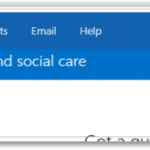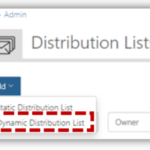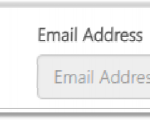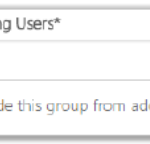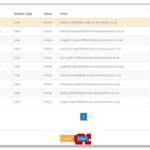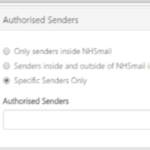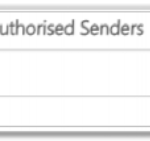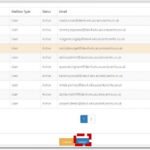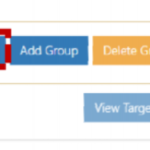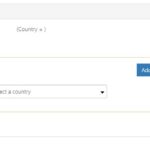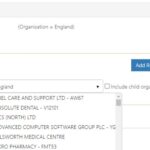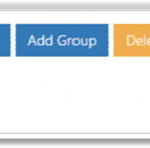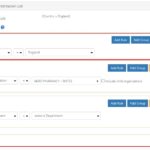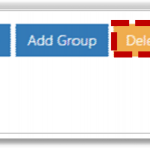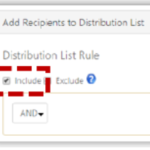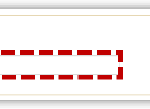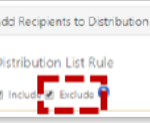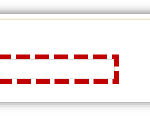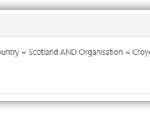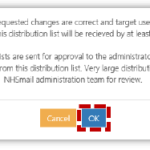
Dynamic distribution lists are created from a number of pre-set rules and groups defined by the distribution list owner. When an email is sent to a dynamic distribution list, it will be delivered to everyone within the NHS Directory (i.e. NHSmail) who matches the criteria defined for the group
Whereas static distribution lists have a list of pre-defined recipients, dynamic distribution lists will deliver to recipients who match the criteria at the time the email is sent. The advantage of a dynamic distribution list is that it accesses live data from the Portal and therefore does not require active maintenance by the owner e.g. if people leave or join the organisation. However, unlike static distribution lists, it is only possible to set up dynamic distribution lists to include recipients on the NHSmail platform
There is no maximum number of users that can be included in a dynamic distribution list, but larger groups may need to go through an internal process of approval. When setting up dynamic distribution lists for a large number of users, the following controls are in place to ensure that these lists are checked and approved before they can be used
| Condition | Rule |
|---|---|
| The Dynamic Distribution List has more than 500 recipients | The distribution list must have specific senders set, such that only the specified senders will be able to send emails to the distribution list |
| The Dynamic Distribution List has more than 50,000 recipients | When the distribution list is initially set up and with every subsequent change, it must be approved by a Global and Tenant Administrator |
| The Dynamic Distribution List has recipients in multiple organisations | When the distribution list is initially set up and with every subsequent change, it must be approved by a Local Administrator from each organisation. Note: For GP practices the approval shall come from the Parent Organisation, and not the Practice itself |
| A user who is not an Administrator sets up or makes a change to a Dynamic Distribution List | When the distribution list is initially set up and with every subsequent change, it must be approved by a Local Administrator |
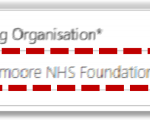 3. Select the Owning Organisation from the drop down menu
3. Select the Owning Organisation from the drop down menu
The email address will be generated automatically
Note: Names must be less than 50 characters and contain no spaces or special characters. You cannot use the same name as that of another distribution list that is Active / Pending / Rejected.
To set an owner for the distribution list:
Note: you can only select one owning user
 8. Select Hide this group from address lists if you would not like the distribution list to display in address lists
8. Select Hide this group from address lists if you would not like the distribution list to display in address lists
9. Enter a Description for the Distribution List
Users will see this description when searching for the distribution list in the NHS Directory. There is a character limit of 250 including spaces
Only senders inside NHSmail: all users on the NHSmail platform will be able to send emails to the distribution list
Senders inside and outside of NHSmail including the Internet: all users inside and outside of NHSmail including anyone on the Internet will be able to send emails to the distribution list
Specific Senders Only: this allows you to specify which users are able to send emails to the distribution list. Note: you must select this if your distribution list will contain more than 500 recipients
Refer to the Searching for an Entry section for more information
4. Tick the names of all the authorised senders you want to add and then click Select
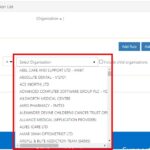 4. Select the second condition for the rule from the drop down list (e.g. the specific organisation)
4. Select the second condition for the rule from the drop down list (e.g. the specific organisation)
Based on the rule above, all users from the organisation selected , within the NHS Directory would be added as recipients to the distribution list
You may wish to add additional rules e.g. recipients must work in a specific site address, post code or department . To set additional rules within the same group:
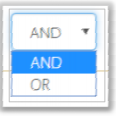 5. Click Add Rule and repeat steps 1-4. Select AND from the drop down if all rules must apply / Select OR if at least one rule must apply
5. Click Add Rule and repeat steps 1-4. Select AND from the drop down if all rules must apply / Select OR if at least one rule must apply
If AND is selected, all subsequent rules must apply to the user in order to be added to the distribution list e.g. if you select Organisation AND Department , it will go to everyone working within the specified department within the organisation selected.
If OR is selected at least one of the subsequent rules need to apply to the user e.g. if you select Organisation OR Post Code, it would go to users who are either assigned to the organisation or that particular post code.
Grouping rules
Grouping rules allows you to apply multiple rules to determine dynamic distribution list recipients. A group belongs to the rule that sits above it. When you select the AND / OR in the rule that sits above any group, you determine whether all rules and any groups sitting beneath the rule must be true or if only one of the rules or groups needs to be true.
To group rules together:
In the example above if a user is within England AND the user is either assigned to the organisation selected OR a selected department, they will be a recipient of this distribution list.
If you make an error whilst creating a group you can delete it. To delete a group:
Viewing Dynamic Distribution List Recipients
Viewing the target users will help you understand who the recipients of the distribution list will be. You should always review target users as it allows you to determine whether the rules in the distribution list are appropriate to include your target audience. It will also help you determine what controls will apply to the approval of this distribution list.
To view all target users of the distribution group:
 Click View Target Users at the bottom of the page
Click View Target Users at the bottom of the page
When you have reviewed the target users and are satisfied, click Back
Click Complete on the Dynamic Distribution Creation page
Depending on the number of recipients and whether there are recipients across multiple organisations, the distribution list may need to be approved by a Global or Tenant Administrator or by Local Administrators in other organisations. Refer to the table at the top of the page for more information
Additional Information:
- Dynamic distribution list rules will only apply to users with an NHSmail account and not NHS Directory contacts
- Contacts can not be added as Senders or Owning Users
Editing a dynamic distribution list
To move a dynamic distribution list to a different department within the current owning organisation you must edit the Directory properties of the distribution list. These edits will have immediate effect and will update the dynamic distribution list entry in the NHS Directory
To move a dynamic distribution list to a new Organisational Unit:
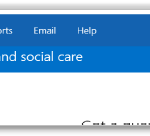 1. Click Admin in the navigation bar at the top of the screen and select Distribution Lists from the drop down menu
1. Click Admin in the navigation bar at the top of the screen and select Distribution Lists from the drop down menu
2. Use the search box to find the dynamic distribution list you wish to edit
Refer to the Searching for an Entry section for more information
3. Click on the Display Name of the static distribution list to open the Edit Distribution List page
Although the Edit Dynamic Distribution List page looks slightly different to the Create Dynamic Distribution List page, the steps to edit a dynamic distribution list are the same as when you create one (with the exception of Directory Properties). Refer to the Creating a dynamic distribution list for more information on editing each part of a distribution list
 The Edit Dynamic Distribution List page includes a Status box which indicates if the list is active/inactive, the dates it was created and last updated and who was the last administrator to edit it
The Edit Dynamic Distribution List page includes a Status box which indicates if the list is active/inactive, the dates it was created and last updated and who was the last administrator to edit it
Editing the Organisational Unit of a dynamic distribution list
To move a dynamic distribution list to a different department within the current owning organisation you must edit the Directory properties of the distribution list. These edits will have immediate effect and will update the dynamic distribution list entry in the NHS Directory
To move a dynamic distribution list to a new Organisational Unit:
 1. Click on Edit next to Organisational Unit under Directory Properties
1. Click on Edit next to Organisational Unit under Directory Properties
 2. If appropriate, click the + box to expand the Organisational Unit list and select a new Organisational Unit and click Ok
2. If appropriate, click the + box to expand the Organisational Unit list and select a new Organisational Unit and click Ok
Note: To change the owning organisation, rather than switch the list between different departments within the same organisation, you will need to use Transfer in the Actions box. Refer to the Transfer a distribution list for more information
When all editing is complete:
3. Click Update at the bottom of the Edit Distribution List page
 The message will be displayed as shown.
The message will be displayed as shown.
If you receive any type of failure notification, refer to the Notifications for more information on how to address the issue
Removing the Include or Exclude rule

